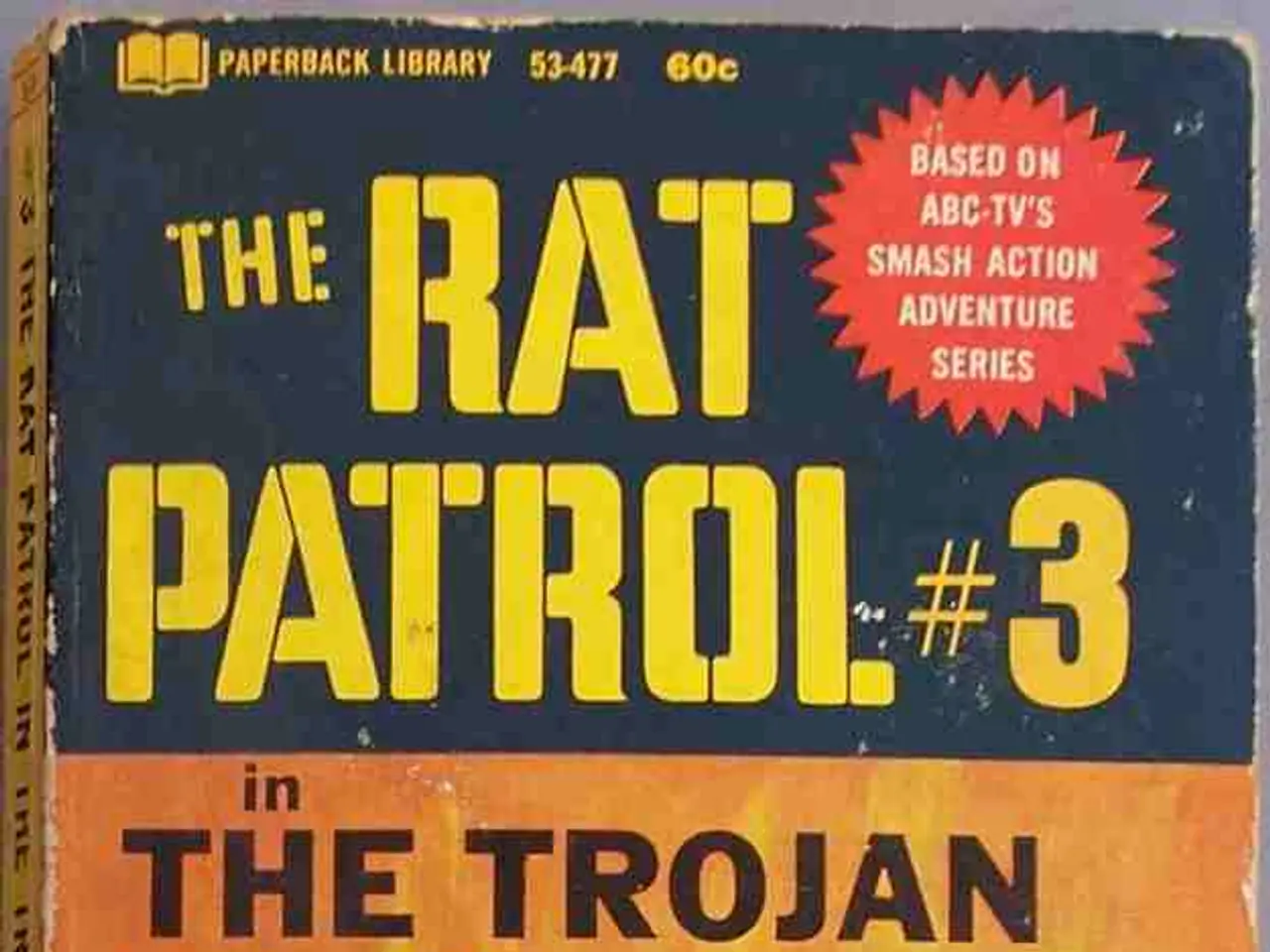Jackie Robinson's impact on the game of baseball and its racial dynamics is a subject of debate: was he indeed the first African American to integrate Major League Baseball, shattering the color barrier?
In 1947, Jackie Robinson made history by becoming the first unambiguously Black player to appear for a major league team in at least 60 years. This pioneering moment marked a significant turning point in the integration of professional sports and the struggle for racial equality in America.
Before Robinson's groundbreaking debut with the Brooklyn Dodgers, no Black players had played in the modern major leagues due to an unwritten racial segregation rule. However, there were some darker-skinned players who were considered white Latin Americans. Black players mainly played in all-Black teams known as the Negro leagues and other segregated leagues.
Jackie Robinson himself played for the Kansas City Monarchs in the Negro leagues prior to joining the Dodgers' minor league team in 1946. Players such as Roy Campanella and Don Newcombe began their major league careers shortly after Robinson's breakthrough, but not before 1947. Other Black players like Curt Roberts and Herbert Simpson played in minor leagues and Negro leagues but had not reached the major leagues by 1947.
Branch Rickey, the legendary Dodgers president, largely orchestrated Robinson's arrival in Brooklyn. He tapped Robinson due to his athletic prowess, relatively young age, college education, and experience competing with white players. Robinson's arrival in Brooklyn was the culmination of a wide-ranging struggle for integration in the baseball arena and an important step forward for the American civil rights movement.
Robinson made history on April 15, 1947, when he started at first base in a home game at Ebbets Field in Brooklyn. He led the National League in number of times being hit by a pitch in his rookie season. Robinson's emergence in the big leagues was not without controversy. He was court-martialed in 1944 for refusing to move to the back of an Army bus in Fort Hood, Texas. He was later acquitted and honorably discharged.
After retiring from baseball, Jackie Robinson became the first Black VP at a major American corporation, working for the Chock full o' Nuts restaurant chain. In 1997, Major League Baseball retired Robinson's No. 42 for all teams. Since 2004, April 15 has been honoured as Jackie Robinson Day, and all players wear No. 42 on their jerseys on that day.
Notably, Albert "Chief" Bender, a half Chippewa pitcher, was the first nonwhite player to play in the majors, debuting for the Philadelphia Athletics in 1903. However, his status as a Native American was not openly acknowledged at the time, and he was not considered Black.
Robinson's legacy extends beyond the baseball field. He focused his efforts on integrating businesses across the country and fighting against housing discrimination. He appeared at many civil rights rallies and became a symbol of hope and change for African Americans. Jackie Robinson died of a heart attack in 1972 at the age of 53.
In summary, there were no nonwhite players already playing in the major leagues before Jackie Robinson's 1947 debut; the major leagues remained segregated with Black players confined to Negro leagues or minor leagues until Robinson shattered the barrier. Robinson was the first Black player on baseball’s biggest stage in the modern major leagues.
Despite the segregation rules in the major leagues, baseball's Negro leagues and minor leagues offered opportunities for talented Black players like Curt Roberts and Herbert Simpson. However, it was Jackie Robinson who broke the color barrier in the MLB, debuting for the Brooklyn Dodgers in 1947, subsequently paving the way for other Black players such as Roy Campanella and Don Newcombe to join the major leagues.







